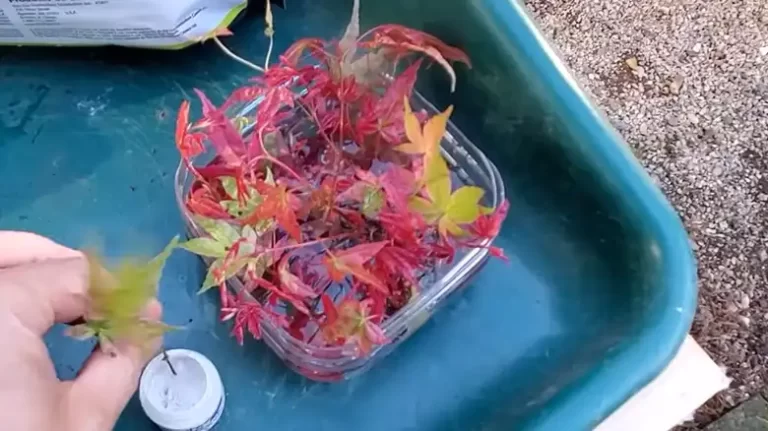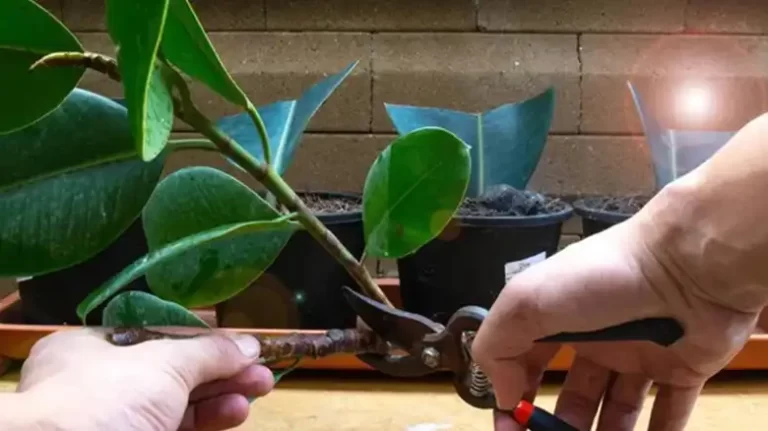Why Is My Oregano Dying
Oregano, a fragrant and flavorful herb, has graced many culinary creations and herb gardens. However, the sight of your cherished oregano plant withering can be disheartening. In this article, we’ll delve into the reasons behind the decline of your oregano and explore practical solutions to revive it.
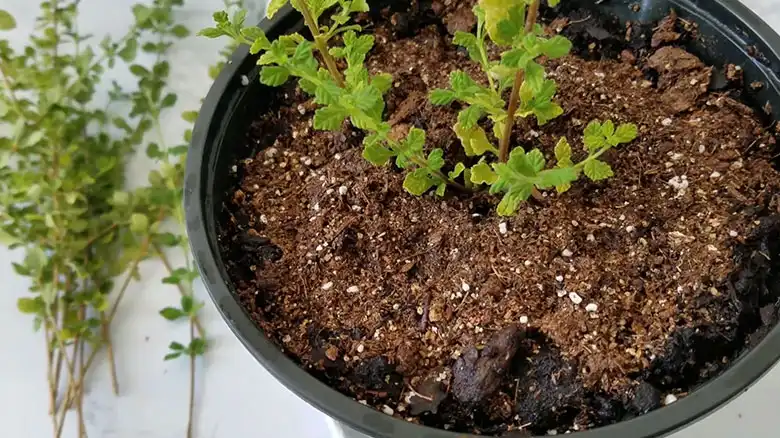
Causes of Oregano Dying
Oregano, a beloved herb in many kitchens and gardens, is known for its aromatic leaves and culinary versatility.
However, it can be disheartening to watch your once-thriving oregano plant slowly wither away. To address this issue effectively, it’s crucial to understand the common causes behind oregano plants failing to thrive.
1. Overwatering
One of the primary reasons for oregano’s decline is overwatering. Oregano plants prefer well-drained soil and can’t tolerate sitting in waterlogged conditions. When the roots are constantly soaked, they may develop root rot, leading to wilting, yellowing leaves, and overall poor health.
2. Poor Soil Quality
The soil in which your oregano grows plays a vital role in its overall health. Oregano thrives in well-draining soil with good aeration. If the soil lacks proper drainage, it can lead to waterlogged roots and hinder the plant’s ability to absorb nutrients.
3. Inadequate Sunlight
Oregano is a sun-loving herb. If it doesn’t receive enough sunlight, it may struggle to grow vigorously. Inadequate sunlight can result in leggy, weak stems and diminished flavor in the leaves. Ensure your oregano gets at least six hours of direct sunlight daily.
4. Pest Infestations
Pest infestations can wreak havoc on your oregano plants. Common culprits include aphids, spider mites, and whiteflies. These pests feed on the plant’s juices and can lead to stunted growth and yellowing leaves.
5. Disease Susceptibility
Oregano can be susceptible to diseases such as powdery mildew and root rot. Powdery mildew appears as a white, powdery substance on leaves, while root rot causes the roots to become brown and mushy. These diseases can weaken the plant and eventually lead to its demise.
Pruning and Maintenance
Pruning and maintenance play a vital role in ensuring the health and longevity of your oregano plant. In this section, we’ll explore the essential tasks and best practices that will help you keep your oregano thriving.
Regular Pruning for Oregano Health
Pruning, essentially trimming back your oregano plant, might seem like a simple task, but it’s crucial for its well-being. Regular pruning serves several purposes:
Encouraging Bushier Growth: When you snip off the top few inches of your oregano stems, it prompts the plant to branch out. This results in a bushier, healthier appearance.
Preventing Legginess: Without proper pruning, oregano can grow tall and leggy, with long, weak stems that are more prone to bending or breaking.
Enhancing Airflow: Crowded, overgrown oregano is more susceptible to fungal diseases. Pruning helps create space between branches, allowing for better air circulation and reducing the risk of mold or mildew.
To prune your oregano, simply use sharp scissors or pruning shears to snip off the top one-third of the stems. Be sure to remove any dead or yellowing leaves as well. You can do this every few weeks during the growing season, which typically spans spring through early fall.
Fertilization: Providing Essential Nutrients
Oregano, like any other plant, needs nutrients to thrive. While it’s generally not a heavy feeder, it does benefit from occasional fertilization. Here’s what you need to know:
Choosing the Right Fertilizer: Opt for a balanced, all-purpose fertilizer or one with a higher nitrogen content. Nitrogen promotes leafy growth, which is desirable for oregano’s lush foliage.
When to Fertilize: Apply fertilizer in the early spring when your oregano begins its active growth phase. Avoid fertilizing late in the growing season, as it may encourage late, tender growth that’s susceptible to frost damage.
How to Apply: Scatter the fertilizer evenly around the base of your oregano plant, following the recommended dosage on the product label. Water it in gently to help the nutrients reach the roots.
Remember not to over-fertilize, as excessive nutrients can lead to leggy growth or even harm your oregano. A balanced, light touch is often all your plant needs to thrive.
Monitoring for Pests and Diseases
Even with the best care, oregano can sometimes fall victim to pests and diseases. Regular monitoring is essential to catch and address these issues early. Here’s how to do it:
Inspect the Leaves: Check your oregano’s leaves regularly for signs of trouble. Look for discoloration, yellowing, or any unusual spots or growths.
Identify Common Pests: Common pests that may target oregano include aphids, spider mites, and whiteflies. Keep an eye out for these tiny intruders.
Watch for Fungal Diseases: Oregano can be susceptible to fungal diseases like powdery mildew or root rot. Look for white powdery spots on leaves or any signs of wilting or rotting at the base.
If you notice any issues, take action promptly. For pests, consider using natural remedies like a mixture of water and dish soap to spray on the affected areas. For fungal diseases, improve airflow around your plant and adjust your watering routine to keep the foliage dry.
Seasonal Care for Oregano
When it comes to keeping your oregano healthy and vibrant, understanding its seasonal needs is crucial. Oregano, like any other plant, goes through various phases throughout the year, and providing the right care during each season can make all the difference in its survival and growth.
Let’s take a closer look at how to care for your oregano during different seasons.
Spring Oregano Care
As the world awakens from winter’s slumber, your oregano does too. Here’s what you need to do in the spring to ensure your oregano thrives:
1. Pruning and Cleanup
Spring is the perfect time to prune your oregano. Trim away any dead or damaged branches and encourage new growth. Clean up debris and fallen leaves around the plant to prevent pests and diseases.
2. Soil Check
Inspect the soil and ensure it’s well-draining. If it’s compacted or doesn’t drain well, consider amending it with some sand or perlite to improve aeration.
3. Watering Routine
Start watering your oregano moderately but consistently. Allow the soil to dry slightly between waterings. Avoid overwatering, which can lead to root rot.
Summer Oregano Care
Summer can be demanding for oregano due to the intense heat. Here’s how to care for it during the warm months:
1. Sun Exposure
Oregano loves sunlight, but in scorching summer, it may need some shade during the hottest part of the day. Ensure it still receives at least 6 hours of sunlight daily.
2. Adequate Watering
Water deeply but less frequently during summer. The goal is to keep the soil consistently moist but not waterlogged. Mulching can help retain moisture.
3. Harvesting
This is the prime season for harvesting oregano leaves. Regular harvesting encourages bushier growth and prevents the plant from becoming too leggy.
Fall Oregano Care
Fall is the season of preparation for the coming winter. Here’s how to get your oregano ready:
1. Last Harvest
Before the first frost sets in, make a final harvest of your oregano. You can dry or freeze the leaves for use during the winter months.
2. Reduce Watering
As temperatures drop, reduce your watering frequency. Oregano’s growth naturally slows down in cooler weather, so it requires less moisture.
3. Mulch and Protection
Apply a thick layer of mulch around the base of your oregano to insulate the roots. This will help protect them from freezing temperatures.
Winter Oregano Care
Oregano typically experiences a period of dormancy in winter. Here’s how to care for it during the cold months:
1. Indoor Cultivation
If you live in a region with harsh winters, consider bringing your oregano indoors. Place it near a sunny window or use grow lights to ensure it gets enough light.
2. Minimal Watering
Water sparingly during winter. Oregano’s growth is significantly reduced, so it won’t need as much moisture as in the growing season.
3. Pruning
While indoors, you can continue to prune your oregano lightly to maintain its shape and encourage new growth.
Recurring Questions
Q1: My oregano looks wilted and sad. What could be the problem?
A1: Wilting oregano can be due to several factors. The most common culprits are overwatering, poor soil drainage, or inadequate sunlight. Ensure your oregano is in well-draining soil, receives enough sunlight, and you’re not overwatering it.
Q2: Can oregano survive the winter outdoors?
A2: Oregano can survive mild winters outdoors, but in areas with harsh freezing temperatures, it’s advisable to provide protection or consider bringing it indoors. Mulching the base of the plant can help insulate the roots.
Q3: Why are the leaves of my oregano turning yellow?
A3: Yellowing leaves can indicate overwatering, nutrient deficiencies, or pests. Check the soil moisture, provide proper fertilization, and inspect the leaves for signs of pests like aphids or spider mites.
Q4: How often should I water my oregano?
A4: Watering frequency depends on factors like climate, soil type, and pot size. Generally, water oregano when the top inch of soil feels dry. During the growing season, this may be once or twice a week, while in winter, it can be less frequent.
Q5: Can I grow oregano indoors?
A5: Yes, oregano can thrive indoors. Place it in a sunny location, like a south-facing window, or use grow lights to provide sufficient light. Ensure the pot has good drainage, and water when the top inch of soil is dry.
Q6: Are there natural remedies for dealing with oregano pests?
A6: Yes, there are natural remedies for pest control. You can use a mixture of water and dish soap to deter pests like aphids. Introducing beneficial insects like ladybugs to your garden can also help keep pest populations in check.
Q7: How do I know when to prune my oregano?
A7: Prune your oregano when it becomes leggy or starts to flower. Regularly trimming the tips of the branches, especially in the spring, will encourage bushier growth and better flavor.
Q8: Can I use regular garden soil for oregano?
A8: Oregano prefers well-draining soil. While you can use regular garden soil, it’s a good idea to amend it with sand or perlite to improve drainage. Additionally, check the soil’s pH level, aiming for a slightly alkaline range.
Q9: Is oregano susceptible to diseases, and how can I prevent them?
A9: Oregano can be susceptible to diseases like powdery mildew and root rot. To prevent them, ensure good air circulation around the plant, avoid overhead watering, and maintain proper spacing between oregano plants.
Q10: Can I use oregano that’s struggling or dying in my cooking?
A10: While you can use oregano leaves from a struggling plant, it’s best to address the underlying issues causing its decline. Healthier oregano will not only taste better but also contribute to more robust growth in the long run.
Our Thoughts
In the quest to understand why your oregano is withering, we’ve explored various factors that could be contributing to its decline. By addressing issues such as overwatering, soil quality, sunlight, pests, and diseases, you can increase your oregano’s chances of thriving.
Remember that proper pruning and seasonal care are key to maintaining a healthy oregano plant. With these insights, you can nurture your oregano back to vibrant life and continue enjoying its delightful flavors in your culinary creations.
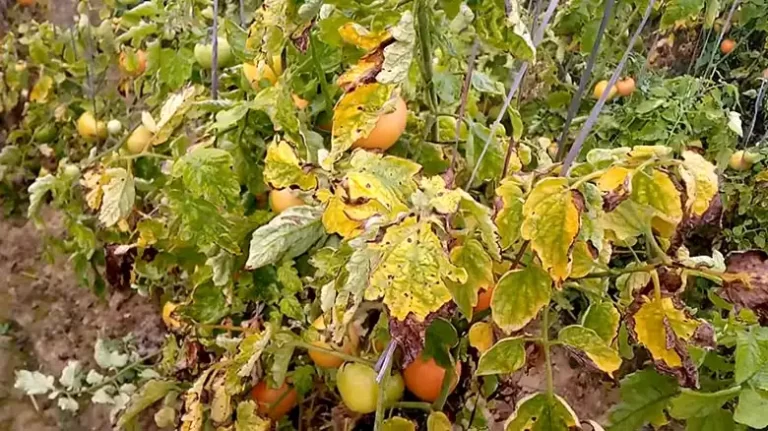
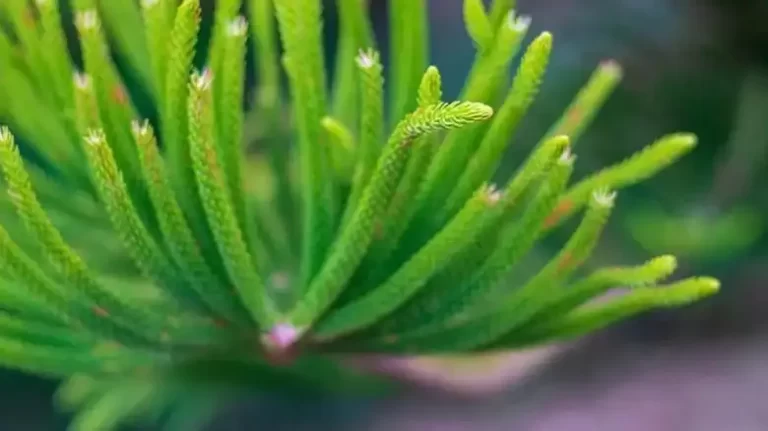
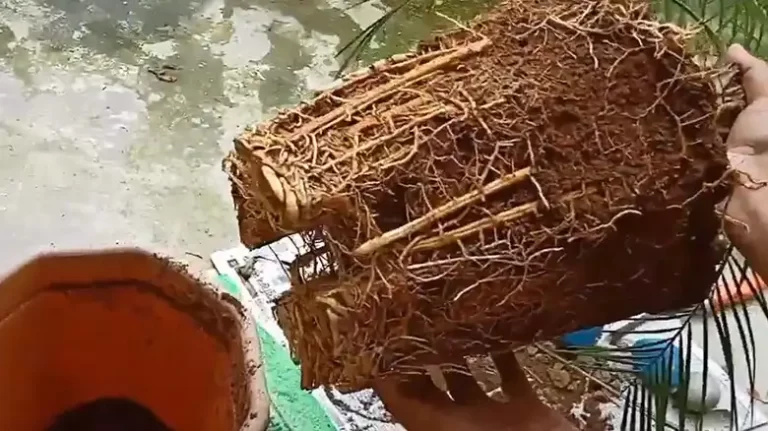
![Dolphin Flower Plant [Total Care Guide]](https://www.daisynatives.com/wp-content/uploads/2023/12/Dolphin-Flower-Plant-768x431.webp)
